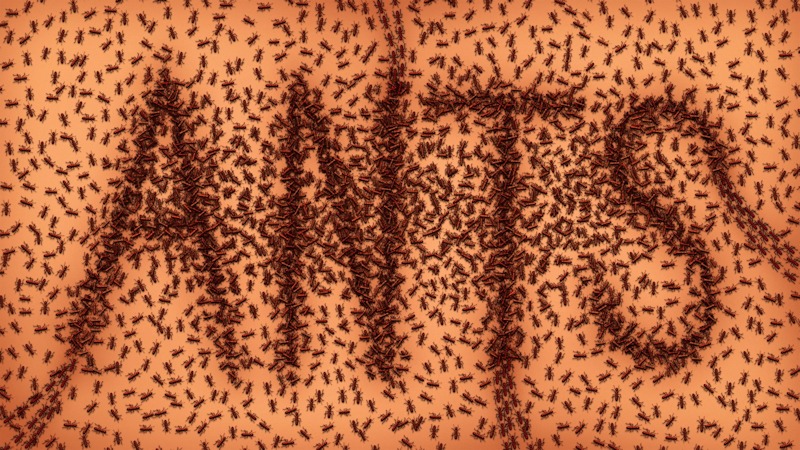Description: Reviews various commercial ant repellent products, discussing their effectiveness, safety considerations, and best practices for application in and around the home.
In the dance of man against nature, ants often step onto the stage uninvited, turning our homes into their playground. This battle, though small, can be as taxing as any. In this regard, commercial ant repellents have become a sought-after ally. This article delves into the effectiveness of these products, safety considerations to keep in mind, and best practices for their application.
Effectiveness of Ant Repellents
When it comes to ant repellents, effectiveness is the cornerstone. Various products flood the market, boasting their prowess in sending these tiny invaders packing. Among them, chemical-based repellents and natural alternatives stand out. Chemical repellents, often containing ingredients like pyrethroids, are lauded for their quick action. They create an invisible barrier that is noxious to ants. On the flip side, natural repellents, such as peppermint oil or diatomaceous earth, offer a less aggressive yet equally formidable defense.
Yet, the effectiveness of these repellents isn’t just in their ingredients. It also lies in understanding the type of ants and the severity of infestation. For instance, products that work wonders on sugar ants may be less effective against carpenter ants. A thorough understanding of the enemy at hand is crucial for victory.
Safety Considerations
Safety is paramount, especially when the battlefield is within the walls of our homes. Chemical ant repellents, though effective, come with a caveat. Their ingredients can be harmful if not handled correctly. Risks include skin irritation, respiratory issues, and even more severe health concerns if ingested, particularly by pets or children.
Natural repellents stand out in this regard, offering a safer alternative. However, ‘natural’ does not always equate to ‘harmless.’ Essential oils, for example, can be toxic to pets. It’s essential to research and understand the potential risks associated with any repellent.
Moreover, the manner of application plays a significant role in safety. Even the safest product can become a hazard if misused. This brings us to the importance of best practices in the application of ant repellents.
Application Practices
The art of applying ant repellents is often understated. Proper application not only ensures maximum effectiveness but also minimizes risks. Here are some best practices:
- Read and Follow Instructions: This cannot be overstressed. Every product comes with a set of instructions. These should be your roadmap.
- Target Key Areas: Ants follow scent trails. Identifying and targeting their entry points and paths is crucial. Apply repellents in these key areas to disrupt their routes.
- Avoid Over-application: More isn’t always better. Over-application can lead to unnecessary exposure to chemicals and increased risks, especially in indoor settings.
- Regular Reapplication: Repellents aren’t a one-and-done solution. Regular reapplication as directed by the product is necessary to maintain effectiveness.
- Safe Storage: Store ant repellents out of reach of children and pets. Even natural products can be harmful if ingested.
- Consider Environmental Impact: Some chemical repellents can harm the environment. Opt for products with minimal environmental impact.
In conclusion, the journey to choose and use commercial ant repellents safely is much like a dance. It requires understanding the rhythm of the ants, the beat of the products, and moving with caution and wisdom. Effectiveness, safety, and proper application are the steps to this dance, ensuring not just a pest-free home, but a safe haven for those who dwell within its walls. In this intricate dance, knowledge and prudence are your most reliable partners.

